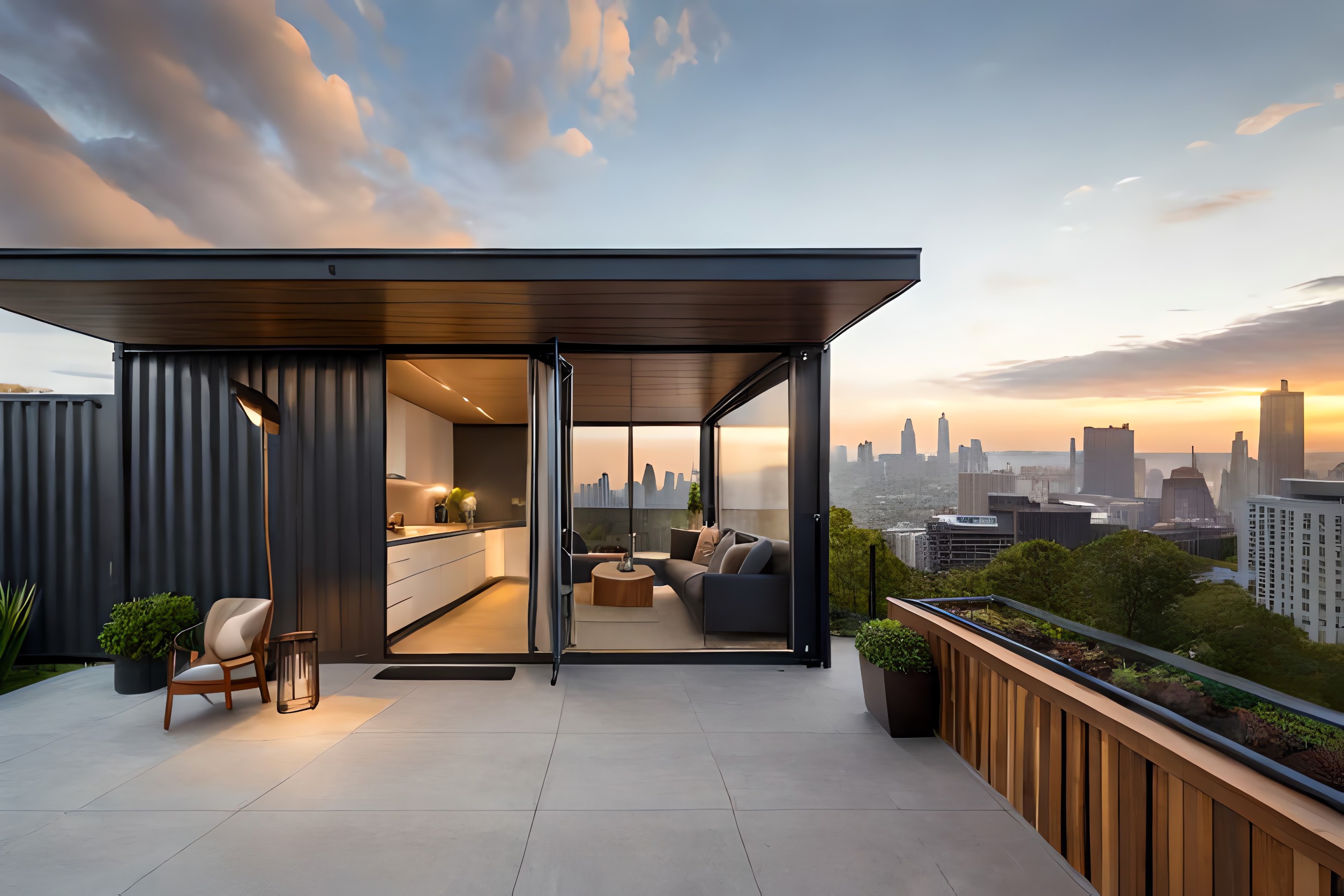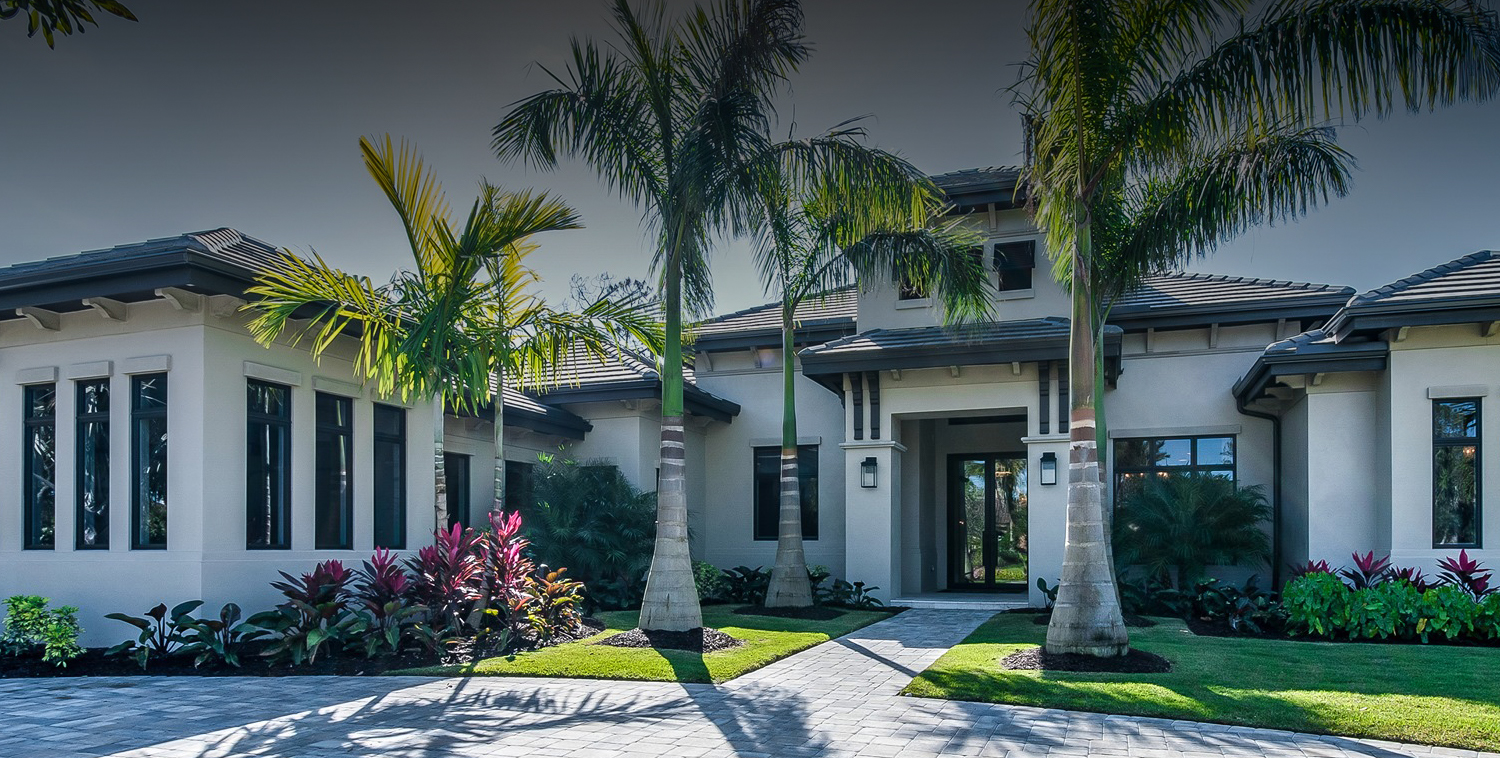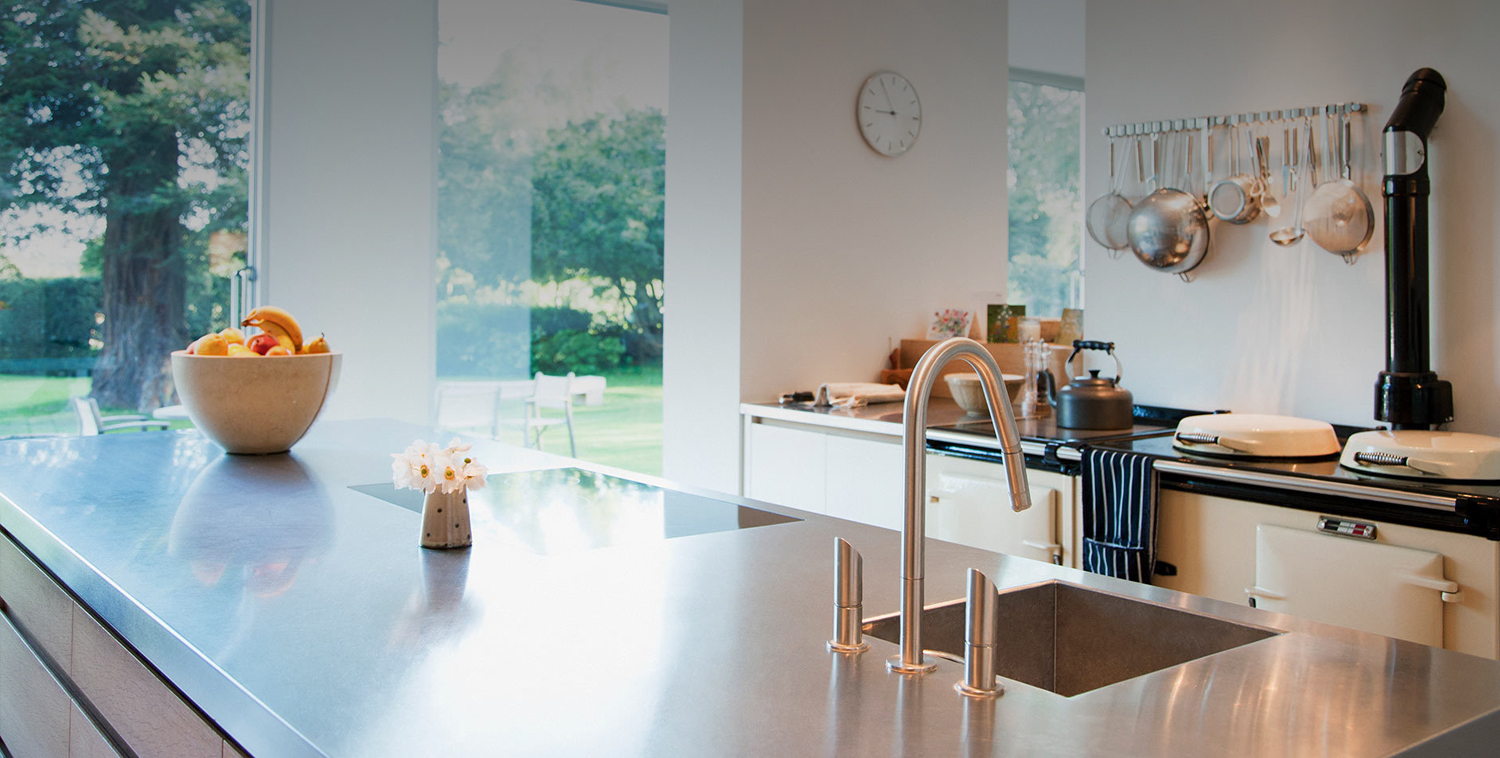Your Guide to Sustainable Home Remodeling
Introduction
Whether it’s a kitchen renovation or a bathroom remodel, planning ahead is key to making sure your home remodeling project is sustainable and eco-friendly. Luckily, there are plenty of ways to make your next remodeling project more environmentally friendly—and we have all the tips you need right here!
How to calculate your carbon footprint.
The carbon footprint is the amount of greenhouse gases that a person, household or business produces. Calculating your carbon footprint is important because it helps you identify sources of emissions and make changes to reduce them.
You can calculate your own personal carbon footprint using an online calculator such as this one from Greenhouse Gas Emissions Calculator (GHG). To use it:
- Enter your location, then select “Home” from the drop-down menu next to “Type.”
- Please click on “Enter data for each activity” below and provide information about the main sources of emissions in your home, such as electricity usage.” If you have questions about specific appliances or lights that are not included in GHG’s tool, consider seeking assistance from an electrician or energy company representative. Estimate the power consumption of these items using their wattage per hour. Also, provide details such as their daily or yearly operating hours.
Energy-saving appliances.
- Energy-saving appliances. Energy-saving appliances can reduce your home’s energy use by up to 70%. They include:
- Water-efficient fixtures and appliances. If you’re remodeling a bathroom or kitchen, choose water-efficient fixtures and appliances instead of traditional models. Low flow shower heads save water and maintain comfort. Dual flush toilets use less than 1 gallon of water per flush. Faucets have aerators that limit water flow while maintaining sufficient pressure for handwashing. Dishwashers are more efficient than handwashing as they use less hot water and electricity per load. Clothes washers consume less electricity than conventional machines as they do not spin clothes dry after each cycle.
- Natural lighting and ventilation: Windows on south-facing walls allow sunlight into your home during winter months when it’s too cold outside for natural light penetration through windows facing north or east/west sides of houses/apartments/condos etc… Consider installing skylights in areas with limited natural light due to trees blocking sunlight entering specific rooms throughout the year.
- Upgrading fixtures & appliances: Consider upgrading old refrigerators with newer ones that consume less energy while maintaining similar features such as ice makers etc… You’ll want one that has good insulation qualities, so food doesn’t spoil quickly either inside or outside its doors when left open too long after removing items from shelves inside compartmentalized sections located underneath shelves themselves which hold containers filled with different types
Rebates, incentives and tax credits.
Rebates, incentives and tax credits are available for energy-efficient upgrades. These can be used for home renovations, appliances or windows.
To find out if you’re eligible for these programs in your area, contact your local utility company or government agency that oversees energy efficiency programs.
Building materials.
The building materials you use for your home remodeling project can have a huge impact on the environment.
Here are some things to consider when choosing materials:
- Use recycled and sustainable products. The most environmentally friendly option is to reuse what you already have, or purchase products that are made from recycled materials. Consider purchasing a remnant instead of new carpeting for your home to reduce energy consumption and reuse materials that would otherwise be wasted.
- Use environmentally friendly paints and finishes–and make sure they’re low VOC (volatile organic compounds). Low VOC paints release fewer toxins into homes during the painting process than high VOC paints do–which means lower indoor pollution levels! You can find low-VOC options at hardware stores or online retailers like Amazon Prime Pantry..
Upgrading fixtures and appliances.
Upgrading fixtures and appliances is a great way to make your home more comfortable, reduce energy use and save money. You can install LED light bulbs in all of your rooms, which will last longer than incandescent bulbs and use 80% less energy. You can also replace old appliances with Energy Star-certified models that will help you save up to $100 per year on utility bills.
Consider installing solar water heaters if your area has abundant sunlight in the summer but lacks it in the winter, or vice versa. This type of system runs on solar panels mounted on top of your roof or garage; they collect sunlight throughout the day then convert it into heat which is stored inside tanks on your home’s walls until needed later at night or early morning when temperatures drop below freezing outside.
Water-efficient fixtures and appliances.
Water-efficient fixtures and appliances:
- Compare the water use of old and new fixtures.
- Check for rebates and incentives.
- Look into financing options, including tax credits, local utility company incentives and rebates, or low-interest loans from banks or credit unions.
Natural lighting.
Natural lighting is important in homes. It helps save on electricity and creates a healthier environment.The first step in maximizing natural lighting is to make sure you have plenty of windows and skylights throughout the house. You should also choose light bulbs that give off warm, sChoose light bulbs that emit warm, soft tones instead of harsh white light. Some people prefer incandescent bulbs because they produce more warmth compared to fluorescent bulbs, which can give off an unflattering bluish glow.Han regular light bulbs, consider installing LEDs–they last longer than other types of bulbs and use less power!
To increase the amount of sunlight entering rooms, use reflectors on windowsills facing east or west instead of south. This will redirect sunlight that would otherwise be blocked by trees or buildings.
If you want to remodel your home, it’s important to plan ahead for the big move so that you don’t make any mistakes.
You should also make sure that you have a contractor who is familiar with the area. The last thing you want is to hire someone who doesn’t know how to work with your home’s unique features or problems.
When planning a move, it is crucial to keep track of the time needed to complete all tasks. Ensure that all work is finished before moving day.Also be prepared for unexpected problems that may arise during construction; they’re bound to happen at some point in any major remodeling project!
Conclusion
The bottom line is that if you want to remodel your home, it’s important to plan ahead for the big move so that you don’t make any mistakes. The first step is calculating how much carbon dioxide emissions your current house produces every year. Energy efficient appliances and fixtures can help you save on energy bills and reduce greenhouse gas emissions from power plants in the US.From there, check out our list of resources below for more information on how each item can help reduce your impact on Earth’s climate!




